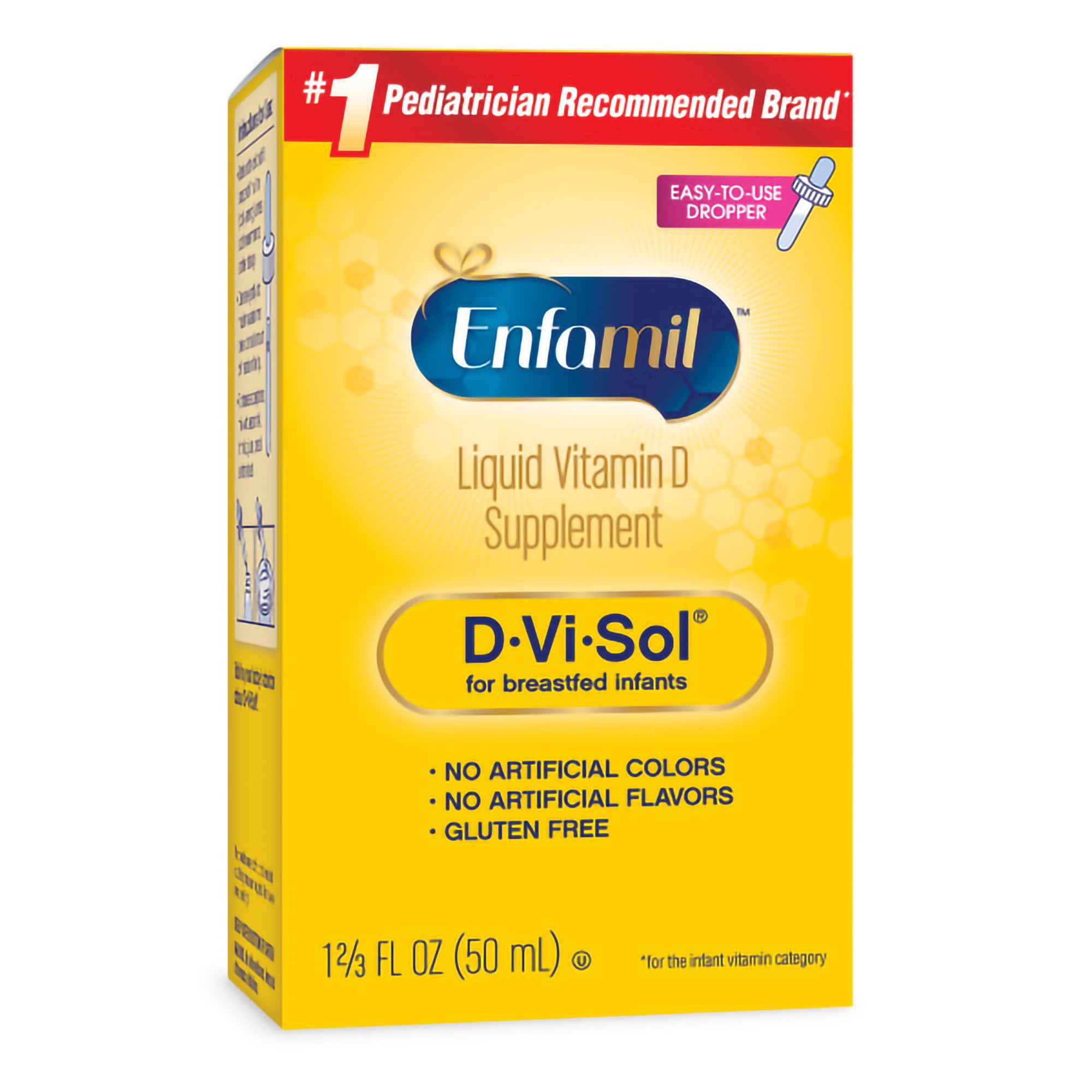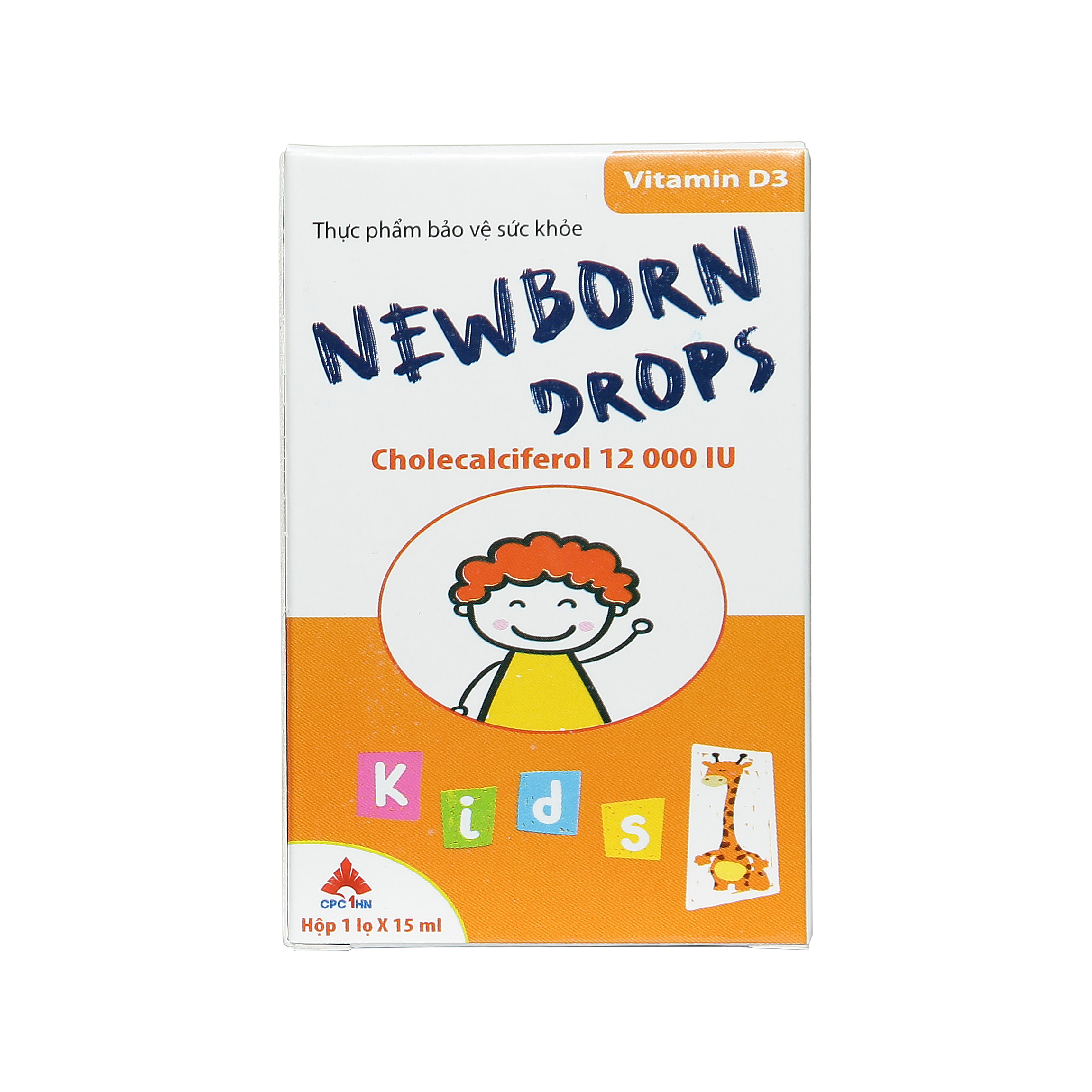

Association of subclinical vitamin D deficiency with severe acute lower respiratory infection in Indian children under 5 y. Wayse V, Yousafzai A, Mogale K, Filteau S. The frequency of nutritional rickets among hospitalized infants and its relation to respiratory diseases. Case control study of the role of nutritional rickets in the risk of developing pneumonia in Ethiopian children. Vitamin D and sepsis: an emerging relationship. Kempker JA, Han JE, Tangpricha V, Ziegler TR, Martin GS. Am J Clin Nutr 2004 80: S1689–S1696.Ĭlancy N, Onwuneme C, Carroll A, McCarthy R, McKenna MJ, Murphy N et al. Overview of general physiologic features and functions of vitamin D. Risk factors and opportunities for prevention of early-onset neonatal sepsis: a multicenter case-control study.

Schuchat A, Zywicki SS, Dinsmoor MJ, Mercer B, Romaguera J, O'Sullivan MJ et al. Early onset neonatal sepsis: the burden of group B streptococcal and E. Stoll BJ, Hansen NI, Sánchez PJ, Faix RG, Poindexter BB, Van Meurs KP et al. Global, regional, and national causes of child mortality in 2008: a systematic analysis. Neonatal survival 4 million neonatal deaths: When? Where? Why? Lancet 2005 365: 891–900.īlack RE, Cousens S, Johnson HL, Lawn JE, Rudan I, Bassani DG et al. For the Lancet Neonatal Survival Steering Team. Sankar JM, Agarwal R, Deorari AK, Paul VK. These data suggest that adequate vitamin D supplementation during pregnancy may be helpful to prevent EOS in term neonates. Lower maternal and neonatal 25-OHD levels are associated with EOS. Severe vitamin D deficiency was significantly more common in the sepsis group.

A positive correlation was detected between maternal and neonatal 25-OHD levels. Maternal and neonatal 25-OHD levels (22.2/8.6 ng ml −1, respectively) in the study group were significantly lower than those of the control group (36.2/19 ng ml −1, respectively, P<0.001). Blood was drawn at the time of admission during the first 3 postnatal days of life in both groups for measurement of 25-hydroxyvitamin D (25-OHD) levels.

Study Design:įifty term infants with clinical and laboratory findings of EOS (study group) and 50 healthy infants with no signs of clinical/laboratory infection (control group) were enrolled. To evaluate the effect of vitamin D levels on early-onset sepsis (EOS) in term infants.


 0 kommentar(er)
0 kommentar(er)
